News feed
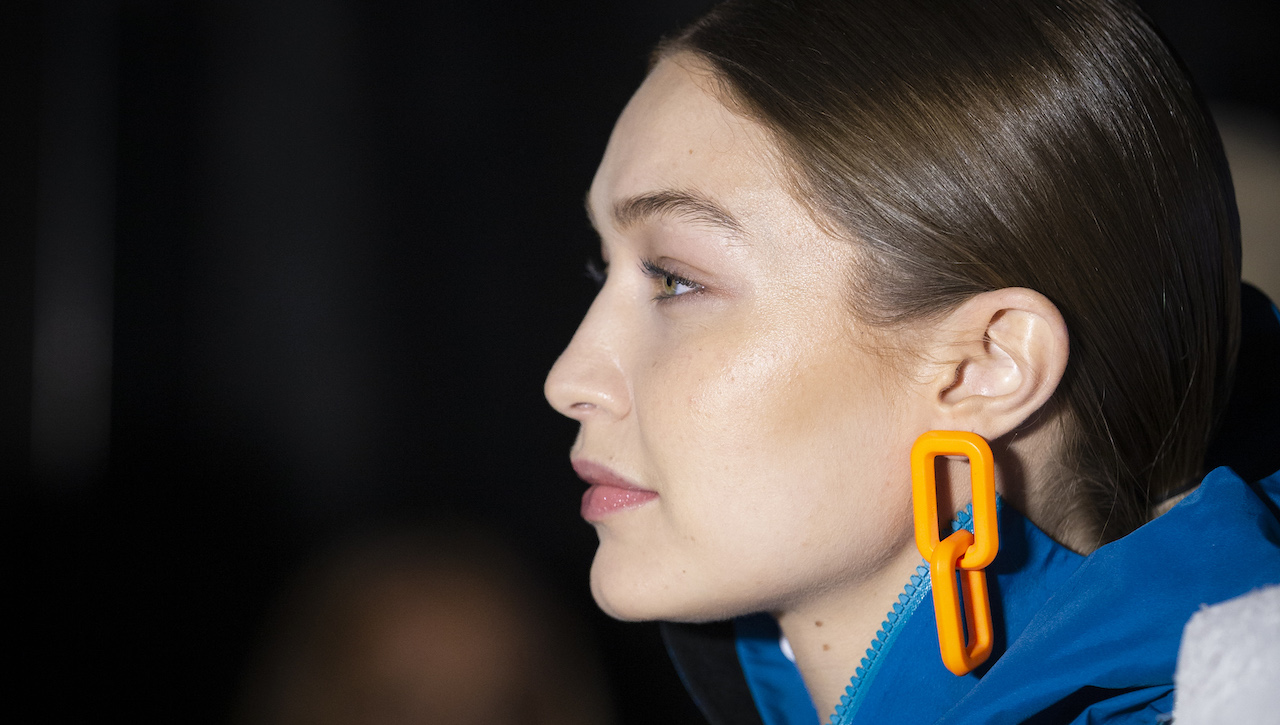
It’s no secret that sun damage is one of the greatest risk factors when it comes to skin damage and premature ageing (among other serious issues, such as sun-related cancers). It’s essential to protect your skin against UV rays every single day, but infrared is one form of light we often forget to talk about. But it can in fact have a damaging effect on your complexion.
The most common source of infrared to humans is heat from the sun, and because it’s a longer wavelength than ultraviolet light, it hasn’t traditionally been viewed as overly harmful (the longer wavelength means it doesn’t penetrate as deeply, and thus has a lesser energy output). However as the scientific skincare industry progresses, more and more research is emerging to prove that the heat does have a direct effect on conditions like pigmentation.
So what should we do about it? To explain in detail, we called on Rationale Head of Education Katie Matten to explain. Keep scrolling to read.
GRAZIA: WHAT’S THE difference in UVA, UVB and Infrared in the context of skin damage?
KATIE: UVB radiation penetrates beyond the epidermis and is responsible for any burning and pigmentation the skin can present with after excessive sun exposure. UVB also causes an immediate appearance of redness on the skin — lasting hours after sun exposure which leads to erythema, and a thickening of the epidermis.
UVB stimulates melanocytes (pigment-producing cells) to produce excess melanin which causes discolouration on the skin. UVB also results in cellular DNA damage, especially to the keratinocytes (skin cells that make up 90% of the epidermis). Overtime, this response is what could lead to carcinogenesis — a cancerous tissue that develops due to mutations on a cellular level.
UVA radiation is known as the ‘ageing’ rays of the sun. Their rays are longer, and more deeply penetrating than UVB, causing deeper skin damage all the way to the dermis. UVA changes the activity and ability of fibroblasts which synthesise collagen and elastin fibres. It is these disruptions that lead to wrinkle formation and muscle atrophy, resulting in premature skin ageing and loss of volume.
Infrared Radiation is the heat you feel on your skin during sun exposure or warmth from devices. This causes inflammation and can induce premature ageing as this stimulates the expression of Matrix Metalloproteinases — the enzymes that degrade collagen overtime. Infrared can also penetrate beyond the epidermal and dermal layers, into the subcutaneous layer which is responsible for keeping our skin plump and youthful-looking.
GRAZIA: HOW WORRIED SHOULD WE BE ABOUT INFRARED DAMAGE? IT DOESN’T SEEM TO BE TALKED ABOUT REGULARLY…
KATIE: Within the body, all biological processes are affected by temperature — especially enzyme activity. Recent evidence indicates that Infrared and heat can induce premature skin ageing, just like UVA radiation. As infrared radiation exposure stimulates the expression of Matrix Metalloproteinases, it makes the skin more susceptible to wrinkle formation and weakens elastin fibres. Infrared increases the formation of new blood vessels, however, the vessels formed are leaky and weak, so they become more susceptible to breakage.
Heat in human skin also activates inflammatory pathways and recruits immune cells such as mast cells, which release histamines and increase inflammation. Thermal damage also induces the generation of Reactive Oxygen Species, which substantially effect cell-to-cell communication and cause oxidative DNA damage which results in a dull complexion.
We are exposed to Infrared Radiation daily when exposed to the sun, and while it may not have an acute effect like UV, inflammatory skin conditions such as rosacea or acne are exacerbated by the heat associated with this wavelength of light. The accumulative, chronic effects of Infrared are a means for concern in terms of premature ageing, and protection should be paramount when it comes to any great skincare ritual.
GRAZIA: THERE SEEMS TO BE A BELIEF THAT ZINC-BASED SUNSCREENS OFFER MORE PROTECTION. IS THIS TRUE?
KATIE: Zinc-only sunscreens block out UVB light and protect from sunburn. Zinc is a mineral SPF which won’t irritate sensitive skin, and it’s anti-inflammatory. Zinc should be supported by other actives which assist with entire solar spectrum protection (namely visible light and infrared), as its primary function is not to protect against light and heat, more so the harmful UV rays that cause severe cell damage, which can lead to skin cancer.
The dispersion of different sizes of zinc particles will determine how effectively the SPF formulation protects from the entire solar spectrum — using particles that vary in size allows a high level of protection, anti-inflammatory support, and a healthy level of skin radiance.
GRAZIA: What other ingredients outside of UV filters are effective at preventing and correcting the effects of sun damage as a whole?
KATIE: Here are some I recommend:
To prevent heat-related stress: Acetyl tetrapeptide-22 is a photo protective peptide that stimulates the synthesis of Heat Shock Proteins (HSP). HSP play a significant role in regulating some of the main conditions we see; namely rosacea, acne, sensitivity, ageing and pigmentation, because they act as stress absorbing proteins. Their expression is increased when skin cells are exposed to elevated temperatures or environmental stress. HSP act to protect skin cells from thermal aggressors which would ordinarily damage precious skin proteins including collagen and elastin. They act as chaperones, playing a crucial role in the folding and unfolding of proteins, assembling various protein complexes, and cell-to-cell signalling. HSP prevent wrinkle formation and maintain skin integrity, by preventing the denaturing of proteins, allowing them to refold.
To defend against infrared: L-Carnosine is a skin identical anti-ageing peptide which works as an anti-inflammatory to protect our skin from thermal pollution and infrared radiation. In addition, it helps to flush toxins from the body with its immune boosting properties.
To fight free radicals: Antioxidants, such as vitamin C and E for free radical protection.
To fend off blue light damage: Melanin and iron oxides for protection against blue light.
To prevent glycation and collagen breakdown: Anti-glycation actives like glutathione, superoxide dismutase, and co-enzyme Q10 to promote strong collagen and elastin fibres which are less susceptible to breaking down.
To repair damaged cells: Retinol to increase cell turnover and repair DNA damage
To nourish and strengthen: Ceramides and lipids to support a healthy skin barrier, and aid in recovery after sun exposure.
Shop the SPF edit
Mineral (or InOrganic)
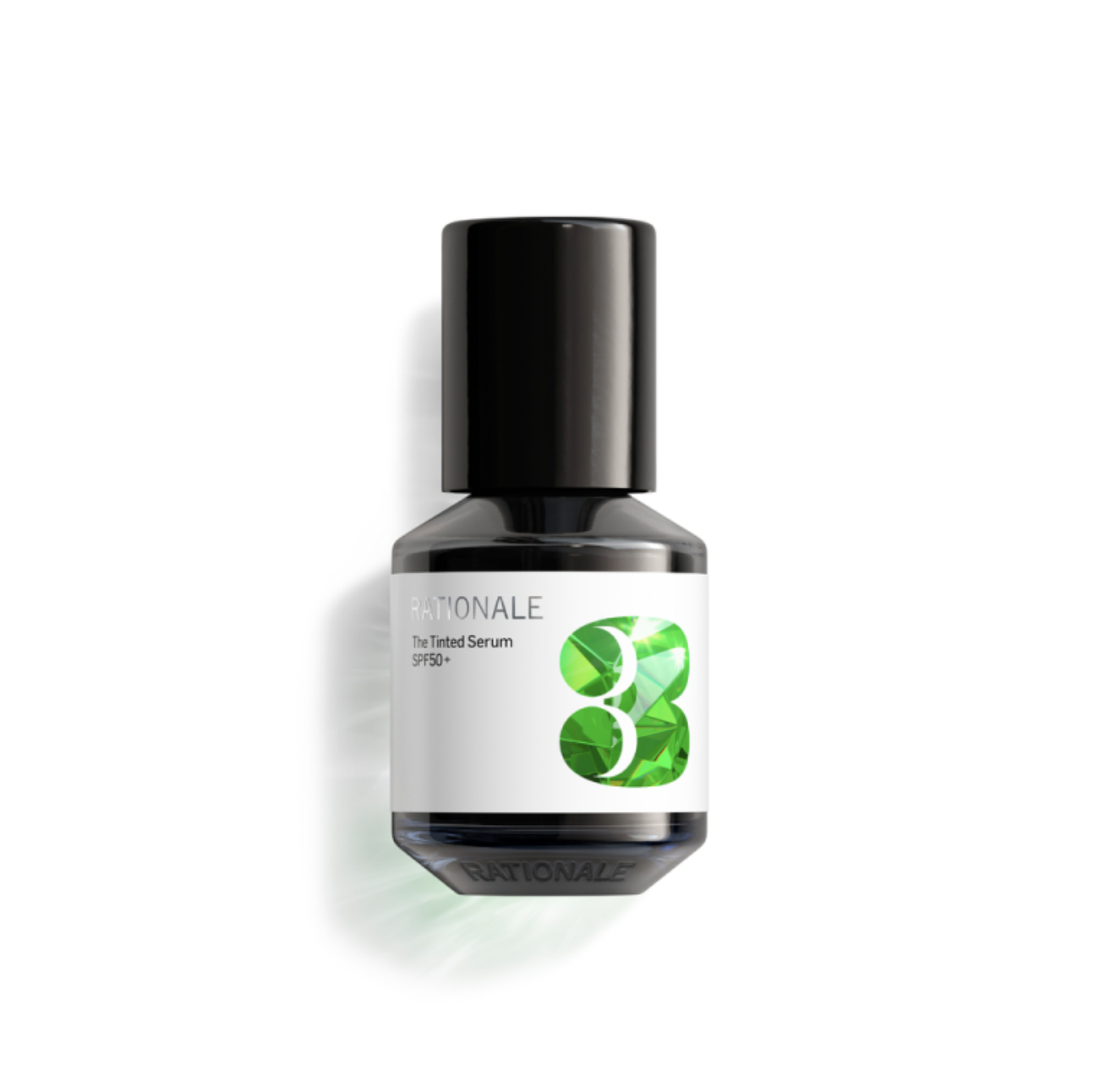
#3 THE TINTED SERUM SPF50+, $172. SHOP NOW
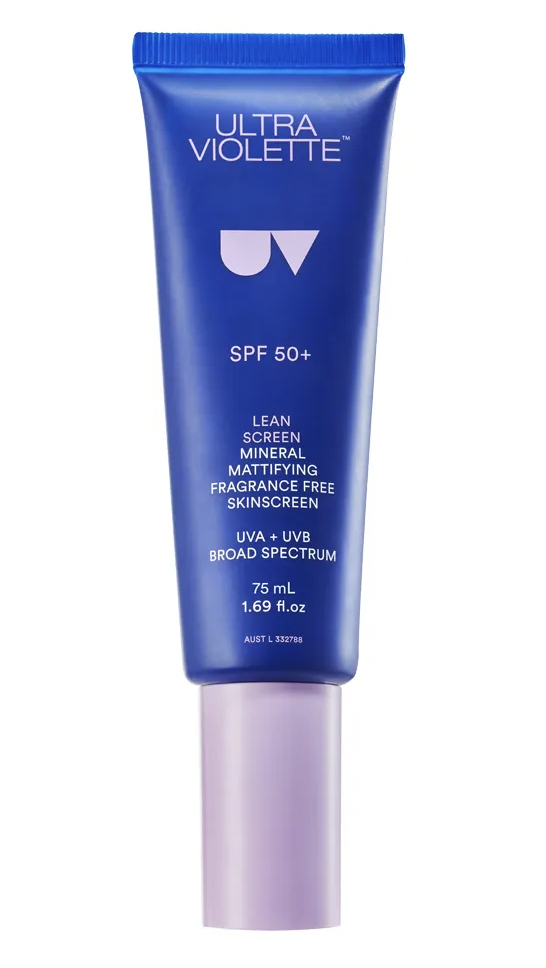
Ultra Violette Lean Screen, $49. SHOP NOW
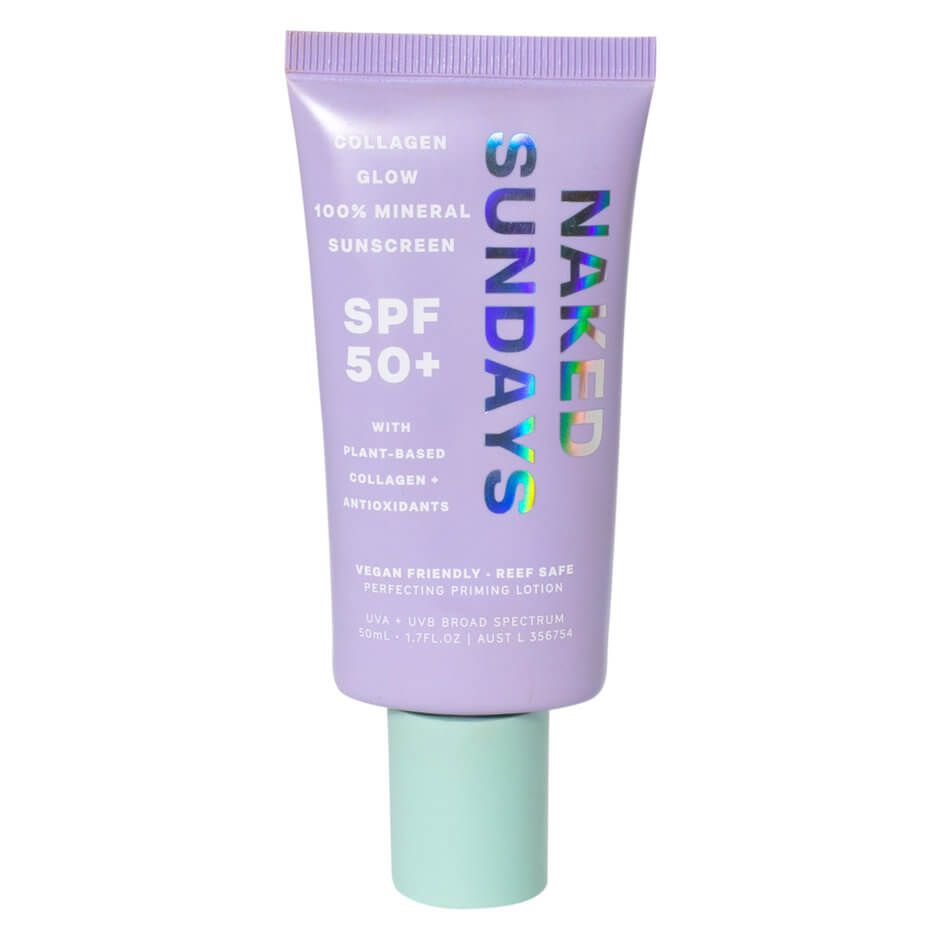
Naked SundaysSPF50+ Collagen Glow 100% Mineral Perfecting Priming Lotion, $39. SHOP NOW
Chemical (or Organic)
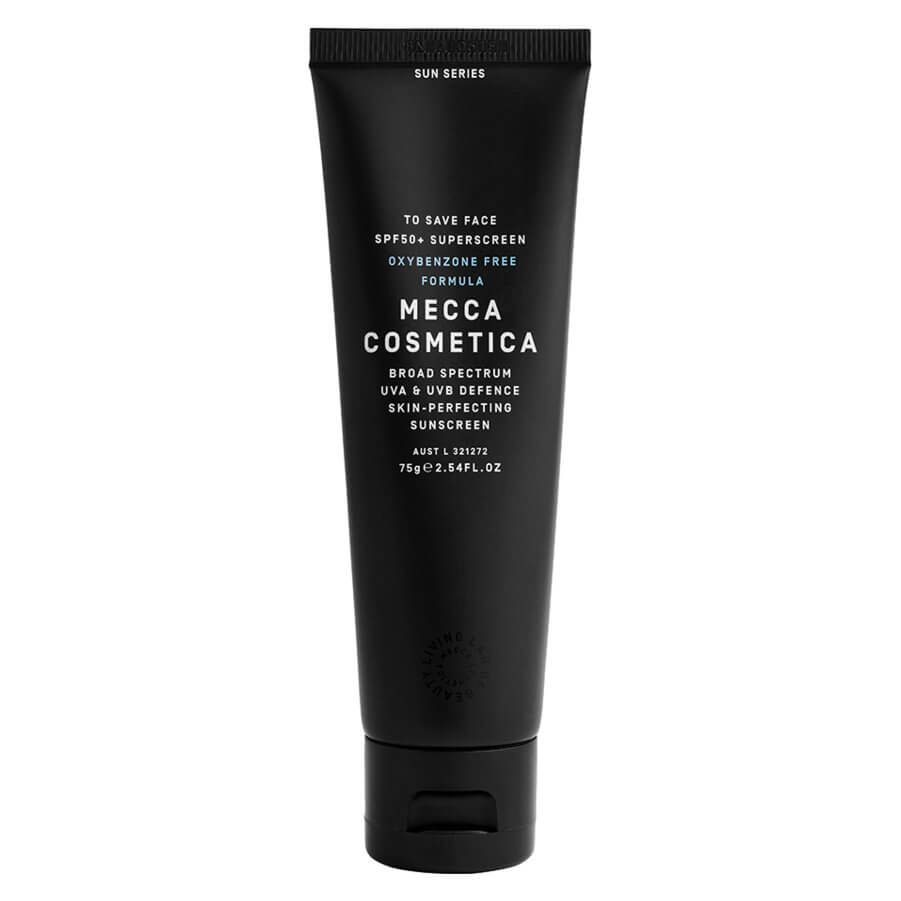
Mecca To Save Face Sunscreen, $42. SHOP NOW
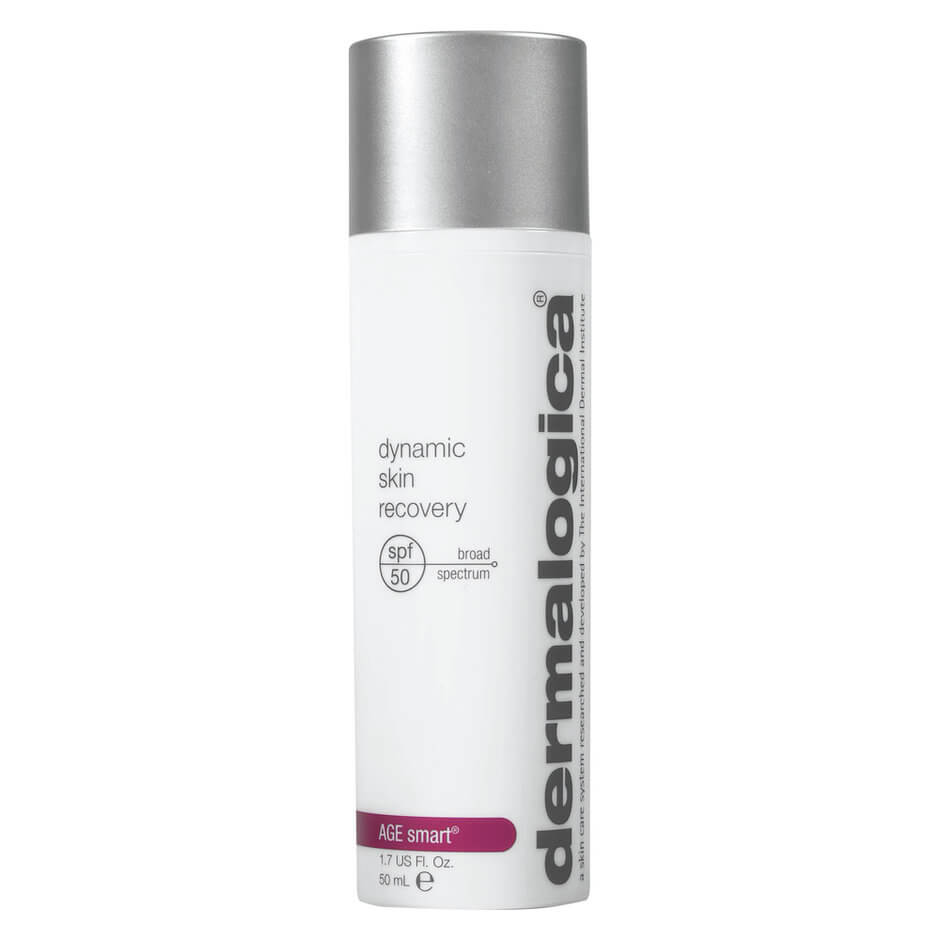
Dermalogica Dynamic Skin Recovery, $119. SHOP NOW

Rationale Beautiful Skin Superfluid, $96. SHOP NOW









